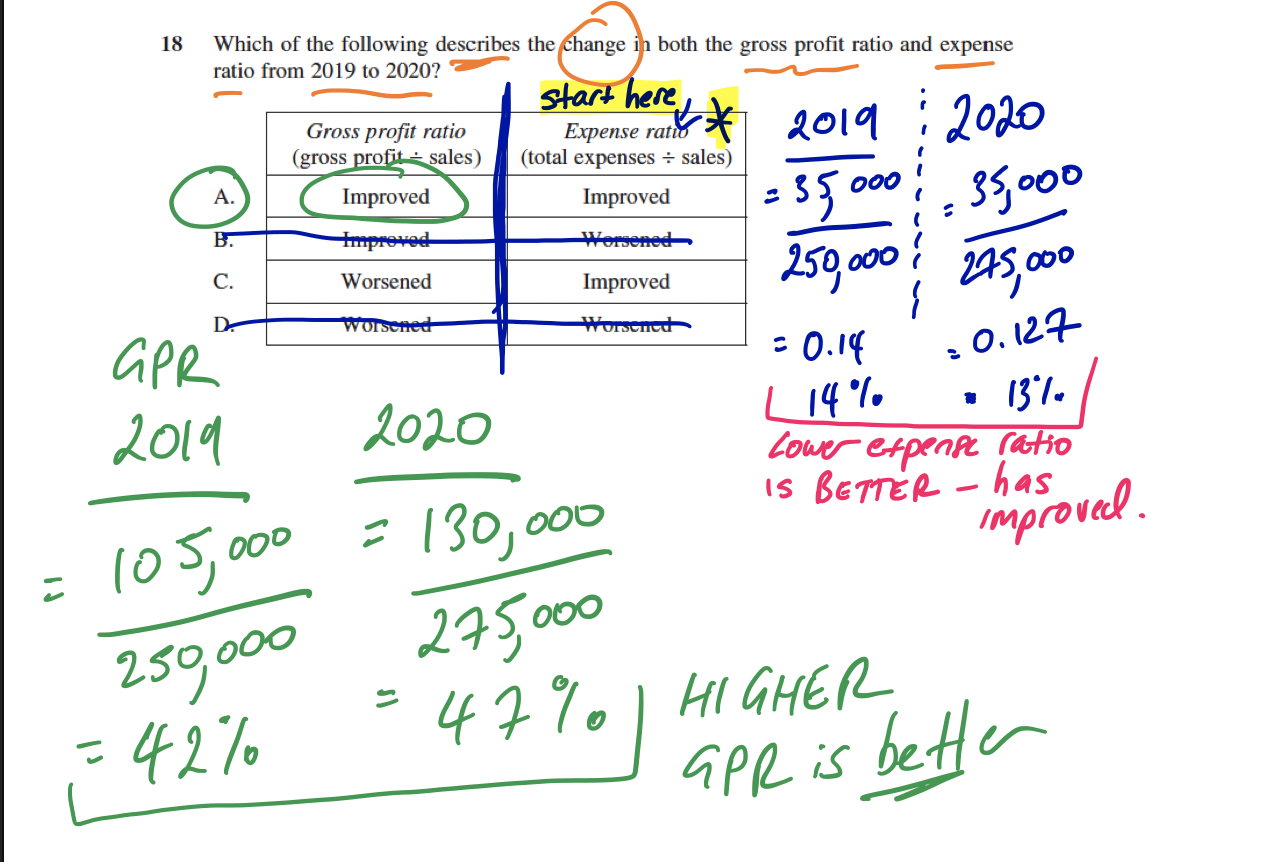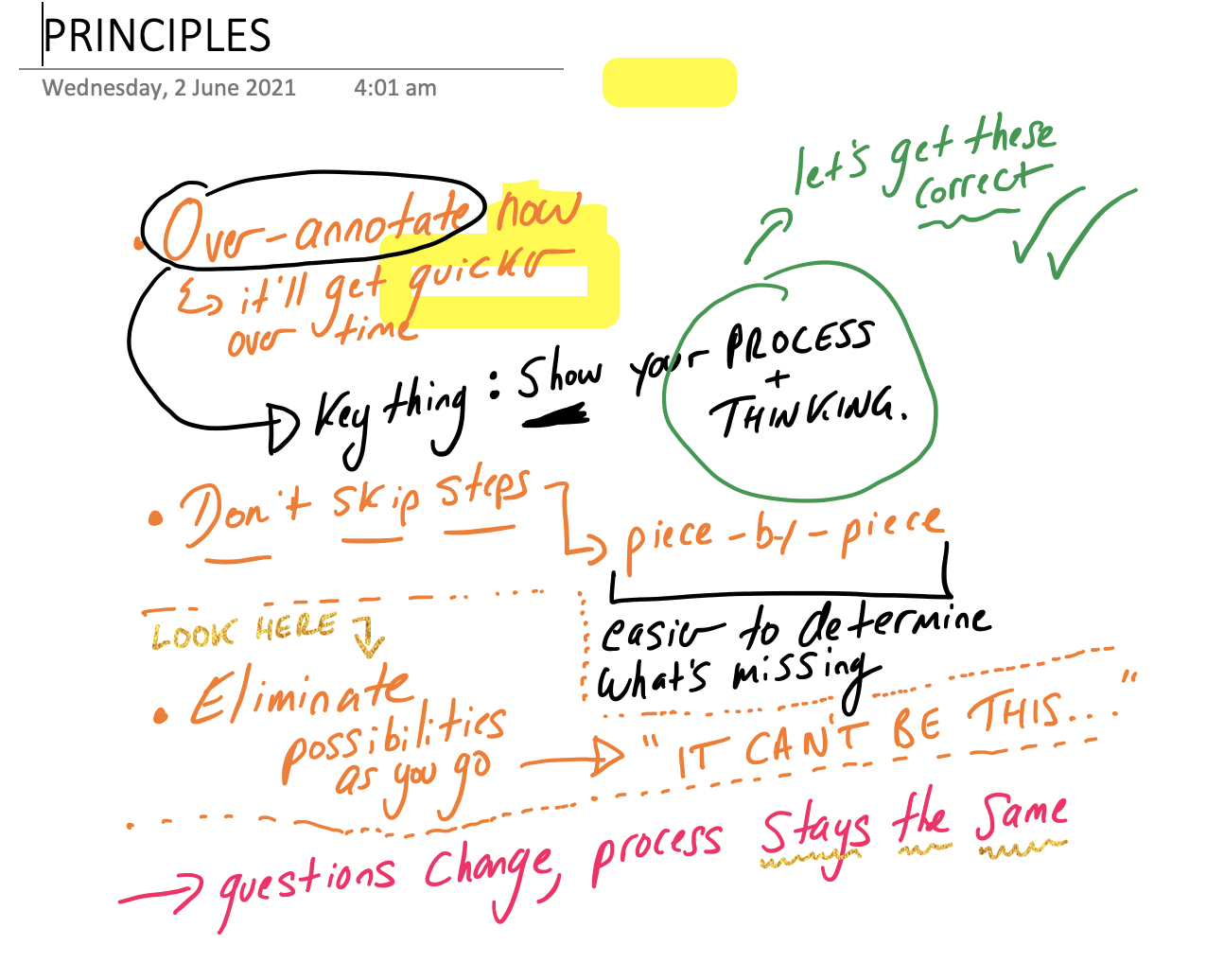Some background:
In the NSW Higher School Certificate Business Studies Course, students have to study specific case studies of businesses. Many schools do larger, well-known companies such as Apple or Qantas. I teach Qantas — this blog post is useful for this case study.
COVID-19 has been very difficult for many businesses — especially airlines. Qantas has struggled with the shutdown of international travel and the fluctuating domestic travel restrictions. This has been brutal for the airline’s bottom line and the company is expected to report a massive loss when it releases its annual results on 26 August 2021.
Another thing to think about. The airline has millions of frequent flyer points that are sitting idle as customers cannot use them to fly. Also, these same customers are accumulating even more frequent flyer points by using their Qantas-linked credit cards to purchase, well, everything.
So how does Qantas keep its frequent flyer program exciting for customers who cannot fly?
Where do frequent flyers sit in terms of the syllabus
Before we look at what Qantas is doing, let’s think about where this issue might sit in the Business Studies syllabus. The frequent flyer program is a loyalty scheme designed to keep Qantas’ customers coming back — so this would be under Marketing, Marketing Strategies and Promotion (relationship marketing, maybe also sales promotions).
I don’t think frequent flyers would relate well to HR as the program is targeted at customers, not staff (although staff may be eligible — I’m not sure on this). Either way: it’s primarily a marketing strategy, not a HR one.
How is Qantas keeping its frequent flyers involved?
In early August 2021, Qantas held an auction where it sold two ‘skybeds’, the reclining seats from its A380 planes.
The catch: you needed to pay for the seats with frequent flyer points.
The two beds sold for 2 million frequent flyer points, or the equivalent of $A40,000.
Here’s an extract from a Yahoo! Finance article about the sale: “The 175kg beds are nearly fully functional, with an electrical converter allowing the user to recline the chair, turn on the massage function and use the reading light.”
This wasn’t the first of this type of auction. The article goes on to discuss how the airline has also auctioned off a Boeing 787 simulator experience, a soccer clinic for 20 children with Socceroos coach Graham Arnold, and a holiday for four to Queenstown.
So, what’s the point?
Qantas is trying to keep its relationship going with frequent flyer members. Hence, this is a good example of promotion.
And Qantas is very open about its goals here. As the article states:
Qantas Loyalty CEO Olivia Wirth said many frequent flyer members had amassed significant frequent flyer balances over the last 18 months, and described the auction as a way to provide them “more exciting” opportunities to spend them.
“This is a restless time for many Australians who can’t wait for both international and domestic borders to fully open so they can take off to some of their favourite destinations,” Wirth said.
“Whilst travel remains the number one thing frequent flyers want to use their Qantas Points on once borders open up, we know that many are keen to use some points on unique, big-ticket items.”
The other thing you can think about is that Qantas is extending the lifespan of the statuses for its frequent flyers. Usually, the perks held by a frequent flyer expire after a period of time — if the person doesn’t accumulate enough extra points to maintain their status. Qantas is ensuring that flyers don’t lose their elite status while they can’t fly.
The benefits of a higher status include things like access to the Qantas lounge and seat upgrades.
How effective will these strategies be? It’s hard to tell. I think we can only judge that once flying starts and Qantas can survey its customers and understand the impact of this marketing strategy.








